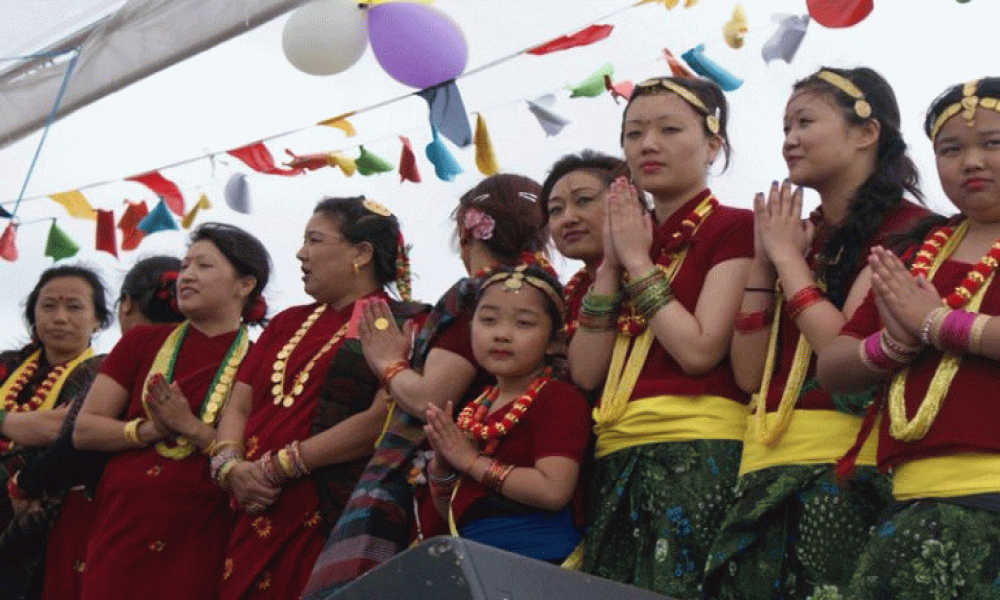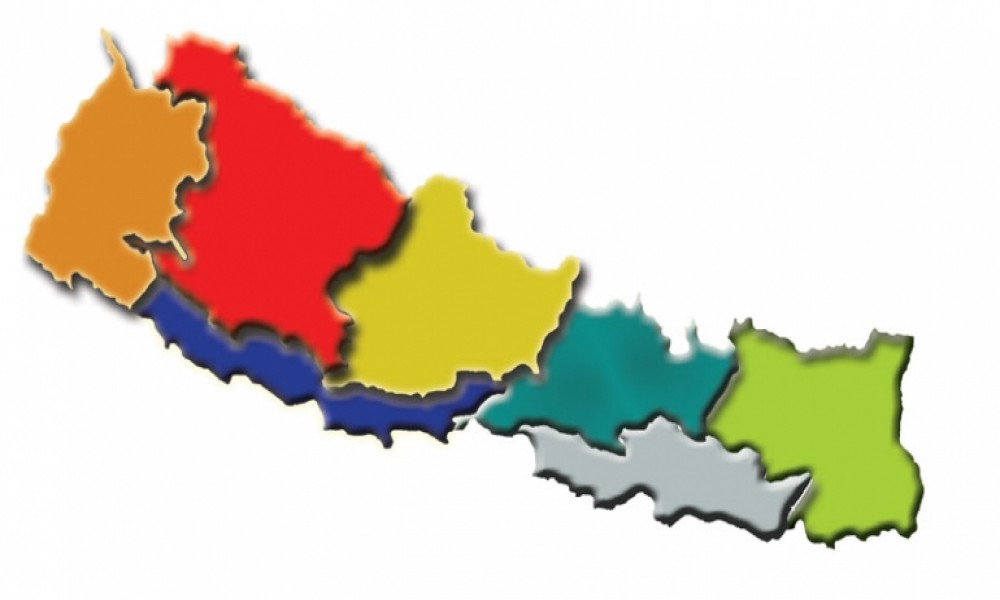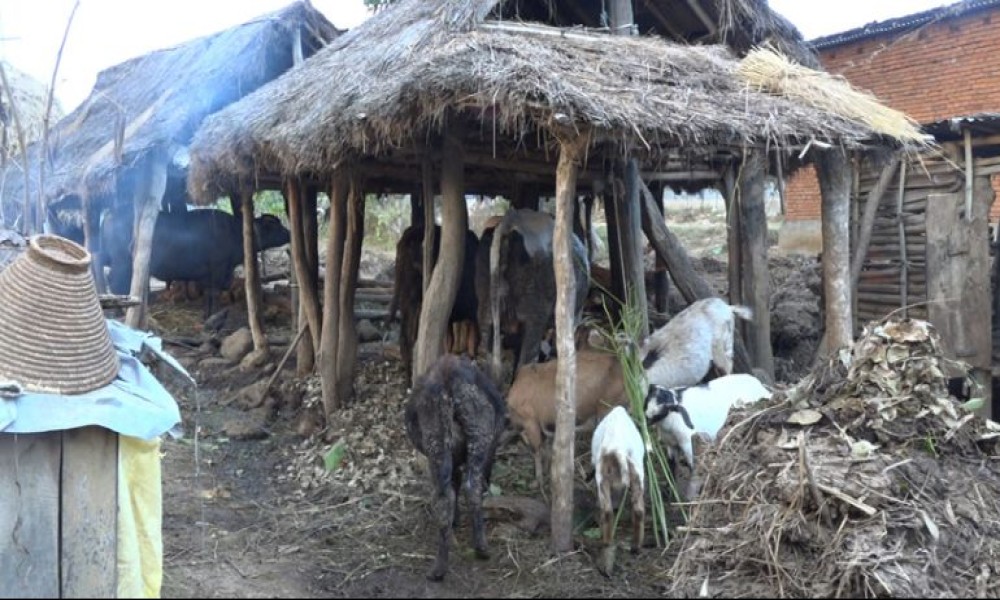Hum Sunari Magar
Delineation of federal states has fueled discontent among certain ethnic groups. In the Tarai, Madhesis and Tharus are up in arms. In eastern Nepal, Limbus are are angry. But Magars are silent. They have not rejected the seven-province model of federalism. Why? Are Magars happy? Are they preparing for a fierce movement?
I personally think Magars do not need to be unhappy about state delineation. The land traditionally dominated by Magars is now in the province number 5, which is widely seen as a future Tharuhat province. Earlier, Magars had demanded an autonomous Magarat state comprising hilly districts of Lumbini and Rapti apart from some other districts of Dhawalagiri and Gandaki zones.
If Magars had been granted an exclusive Magarat province sans plains districts like Banke, Bardiya, Nawalparasi, Dang and Rupandehi, would it have been a viable state? Let us think without any prejudices. The answer is: NO. Such a Magarat state would have certainly ensured identity of Magar community but could not have been a viable state economically.
I personally think Magars do not need to be unhappy about state delineation. The land traditionally dominated by Magars is now in the province number 5, which is widely seen as a future Tharuhat province.
In our version of Magarat state, there were not enough resources to run the state administration. There were not enough industrial and tourism activities. But the province number 5, which we share with indigenous Tharus, is economically viable. Plus, it also respects our identity.
As far as identity and viability are concerned, Kumar Lingden seems a mature leader. Limbus do not outnumber other castes and ethnicities in Jhapa, Morang and Sunsari districts. But he wants these districts in a Limbuwan province so that Limbus' autonomous state will not fail economically.
Magars are migrating to plains area from the remote hills of Lumbini and Rapti. Migration is a right and we cannot stop them from leaving their ancestral villages. In this context, viability of an exclusive Magarat state is more at risk. Magars are increasingly migrating to plains districts like Rupandehi, Kapilvastu, Nawalparasi and Dang. Around 400,000 Magars live in parts of these plains districts. And it is only wise to accept a joint province for Magars and Tharus so that such a huge number of Magars will not be left out of their province.
In the recent years, increasingly more Magars are embracing Buddhism and they have the birth place of the Buddha in their province. Via Nawalparasi and Rupandehi, they have easy access to India, too. An international airport is being built in Bhairahawa, which will be another asset of the Lumbini-Magarat-Tharuhat province.
We have an identity and viability based Magarat province. But this is not exclusively a Magarat state, and we now need to fight our equal and proportional representation within it. The assembly of the Lumbini-Magarat-Tharuhat state should have proportional representation of all ethnicities. We should have a Lumbini University where Magars and Tharus can study in their own mother tongues. These languages should also be used as official languages of the province. If we demonstrate an example of co-habitation with Tharus, our province will be the most peaceful and prosperous state.









